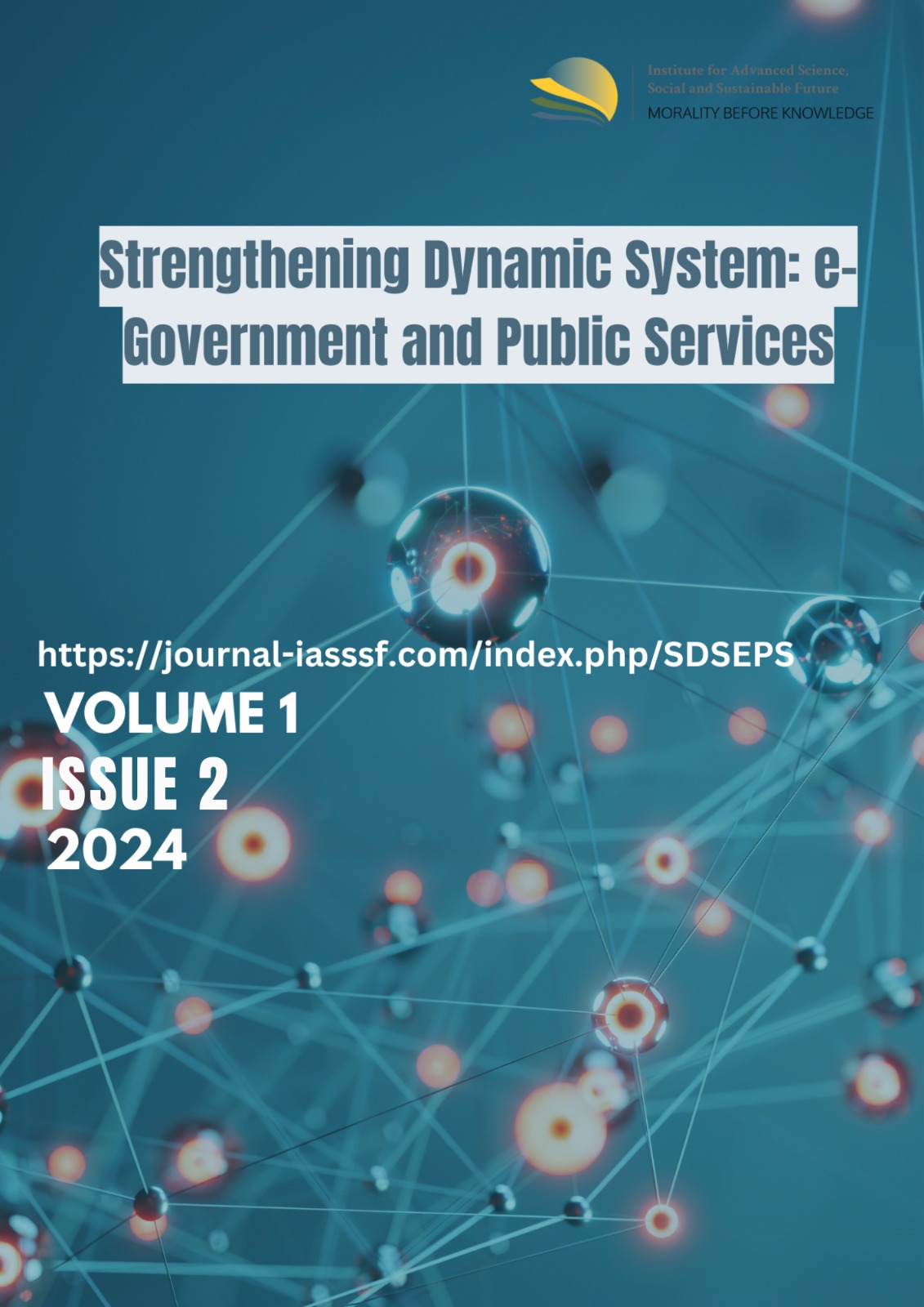Mataram city towards smart city: A literature review
Keywords:
bureaucracy, concept, digitalization, public service, smart cityAbstract
Background: The concept of a smart city in urban planning is integral to achieving sustainable development by enhancing community services through information and communication technology (ICT). This concept is particularly relevant for the city of Mataram, where smart city initiatives can assist diverse layers of society in their activities and improve urban life quality. Methods: This study employs a literature review methodology, gathering sources from databases like Publish or Perish, SINTA, and Google Scholar. A descriptive qualitative approach is used to analyze qualitative data descriptively. Data collection is conducted through literature review techniques to gather comprehensive, valid, and relevant information on the research topic. Findings: The research indicates that successful implementation of a smart city in Mataram requires strong collaboration between the government and the community. Active community participation is crucial for creating an effective smart city that aligns with public needs. Additionally, the smart city concept in Mataram empowers the community to recognize existing challenges and anticipate future ones. Conclusion: The smart city approach in Mataram City is designed to address the community's increasingly complex and varied needs. However, without adequately understanding these needs, government efforts may fail to deliver targeted smart city services effectively. Novelty/Originality of This Study: This study provides unique insights into the collaborative aspects of smart city implementation in Mataram. It highlights the necessity of community involvement in ensuring that smart city initiatives meet real community needs, promoting sustainable urban development tailored to local challenges and potentials.
Downloads
Published
Issue
Section
Citation Check
License
Copyright (c) 2024 Strengthening Dynamic System: e-Government and Public Services

This work is licensed under a Creative Commons Attribution 4.0 International License.






